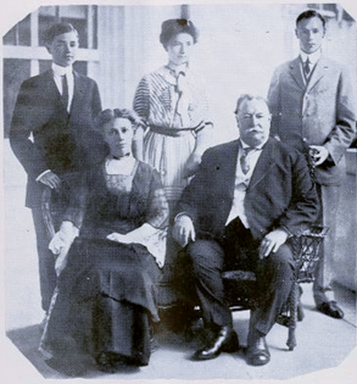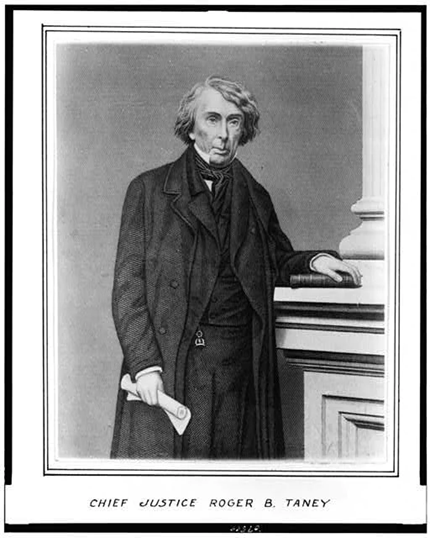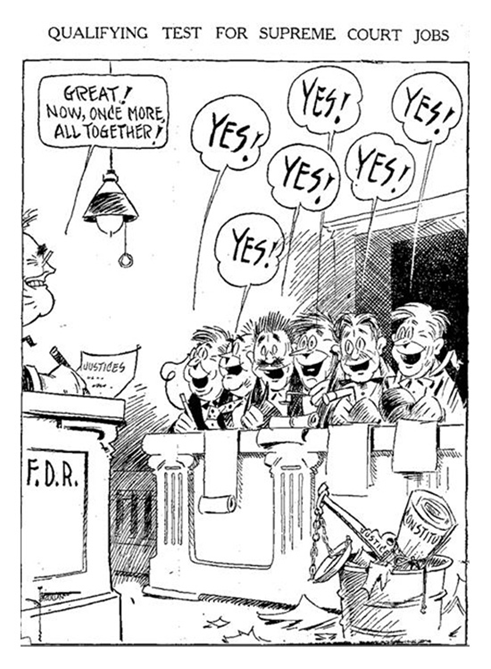The Law of Gravity

Alexandria, VA – For intending to establish three departments, co-ordinate and independent, that they might check and balance one another it has given, according to this opinion, to one of them alone, the right to prescribe rules for the government of the others, and to that one too, which is unelected by, and independent of the nation.
– Thomas Jefferson on the John Marshall Supreme Court
The law is a system that protects everybody who can afford to hire a good lawyer. A good lawyer knows the law. A clever one takes the judge to lunch.
– Mark Twain
Good, ol’ Thomas Jefferson. He provided the right flourish to the goals to kick-start a country. The intent was to establish the third of the “Big Three” – the judicial branch – as separate and immune from politics. But like all things American, we just can’t keep our hands off our two favorite pastimes – sports and politics.
Not known for soundbites or flashy photo ops, the Supreme Court of the United States (AKA “SCOTUS” (1)) tends to move silently, almost sleepily, in the margins of our government. The court makes monumental decisions with little fanfare, flash, or sparkle. We Americans, however, live for celebrity, so it is the nomination process that usually gets the biggest headlines and tongues wagging.

We have watched in amazement at several SCOTUS nomination hearings in recent years. Some have been loaded with National Enquirer material—witness Justice Clarence Thomas and Anita Hill’s testimonies—and more recently, of course, the fraternity row revelations of Justice Brett Kavanaugh. This isn’t the exception, however, but the rule in our process. Throughout our history, we have seen countless examples of how our “independent” Supreme Court, despite its best efforts to remain aloof, has made the front page.
John Rutledge was one of the first justices on the court. He was highly controversial, however, because he believed that only landowners should hold public office, and he believed in slavery and stated so in a speech at the 1787 Constitutional Convention. Most people hope information like that doesn’t get out before confirmation, but Rutledge put it right out there himself.
That went over about as well as his opposition to the Jay Treaty, a highly popular treaty with Britain to increase trade (2). When President Washington tried to make him chief justice in 1795 by a recess appointment, the Senate killed the nomination by a vote of 14-11. Rutledge, therefore, holds the record of being the shortest-serving chief justice in U.S. history.
When William Henry Harrison died after just 32 days in office, John Tyler became president in 1841 (3) . Tyler’s opponents nixed many of his nominees to the bench. He put forward five candidates a total of nine times, with only Samuel Nelson making it to the court.
President James Buchanan had the dubious distinction of fence-sitting so much that it led to the Civil War. His Chief Justice Roger B. Taney, a cadaverous-looking lawyer from Calvert County Maryland, endured several nominations before making it to the bench. He failed twice, but in Taney’s case, three times were indeed a charm, and he was confirmed chief justice of the Supreme Court following the death of John Marshall. His most noteworthy decision was Dred Scott v. Sanford (1857) which determined that African Americans, either freed or enslaved, were not U.S. citizens. (4)
In 1887 President Grover Cleveland nominated Lucius Quintus Cincinnatus Lamar, then his interior secretary, to the high court. Lamar was a former Confederate soldier, so you can imagine how well his Senate confirmation hearings went. Opponents accused Lamar of scant judicial experience, of being too old, (5) and of being too chummy with the railroads.
His critics also charged him with having an affair with a woman who wanted a government job in exchange for sex. In true American political fashion, however, Lamar was confirmed in 1888 and served on the court until he died in 1893. (6)
Theodore Roosevelt’s vice president, William Howard Taft, didn’t want to be president. He was a lawyer through and through. He only served as vice president, governor of the Philippines, and secretary of war to lobby himself into a job on the Supreme Court. His wife, Harriet “Nellie” Collins Herron, was the daughter and sister of congressmen. She had higher hopes (and drives) for her lawyer husband. (7)
After being tapped as TR’s heir-apparent, he finished one term as president and lost when Roosevelt came back to run again in the Bull Moose Party, which split the Republican Party and threw the election to Woodrow Wilson. Ultimately, Warren G. Harding nominated Taft to the court. He wound up chief justice, where he served for nine years, happy as a clam. He resigned one month before he died in 1930 and is the only man to have served as both president and chief justice.
President Woodrow Wilson nominated Louis Brandeis, the first Jewish justice on the high court, in 1916. His confirmation process was brutal due to his Zionist and progressive background and the anti-semitic culture in the Senate at the time. Pro-business senators, corporate tycoons, robber barons, the New York Times, and The Wall Street Journal all lined up against Brandeis’s nomination due to his support for labor and workplace safety. In the end, his grueling four-month nomination process proved successful, and he went on to serve on the bench until 1939.

Franklin Roosevelt probably engineered the most notorious judicial reform effort in our history. The Judicial Procedures Reform Bill of 1937 proposed expanding the court from nine to fifteen justices to help ensure that Roosevelt’s economic reforms during the Great Depression met with judicial success. This was known as an attempt to “pack the court” and was about as popular with Congress then as killing the filibuster is today.
President Lyndon Johnson, the master of the Senate, successfully got Thurgood Marshall, the first African American, onto the bench. But his attempt to make his friend and ally Abe Fortas the chief justice after Earl Warren retired from the court exploded.
Fortas was to be Johnson’s “eyes and ears” on the court, but during his confirmation, allegations came out that Fortas had been a busy and clever entrepreneur, lining up speaking engagements with good paydays from American University and providing Wall Street financier Louis Wolfson with “unspecified advice” to the tune of $20,000 a year for life. He has the honor of being the first chief justice nominee to be dumped since Rutledge in the Washington administration. He resigned from the Supreme Court five days into his impeachment hearings. (8)
Today, nominations are based on whether they are “Borked” or not. Robert H. Bork was a judge, legal scholar, government official, and solicitor general of the United States—in short, a real slacker. He later served as a judge on the U.S. Court of Appeals, too, but because Senate Democrats felt he would roll back 100 years of civil rights legislation, he was nixed by the Senate. It happened so fast and with so much early fury by President Ronald Reagan’s opponents that any nominee knocked out of consideration early in the game is referred to as having been Borked (9).
Today, lawyers being lawyers, we just sit back and watch the legal wrangling. We wait to see which justice will retire or die on the bench, and then we eagerly watch the political games begin and the laws of gravity apply. You know, the ones that Jefferson said wouldn’t happen with an “independent” judiciary.
Endnotes:
(1) The U.S. government absolutely LOVES acronyms. I have always thought SCOTUS sounded like something much too close to human anatomy and that the court should outlaw its’ use.
(2) He thought he was being tough with the bad guys. Treaties that bring in big money tend to be popular in Congress. How was Rutledge to know?
(3) Tyler’s detractors called Tyler “His Accidency.” You can imagine how successful his term was.
(4) You can take a guess where his statue is today.
(5) At age 62. Today that would eliminate half of the Senior Executive Service of the government.
(6) Served as precedents for John Kennedy and Bill Clinton and too many others to note here.
(7) Taft may have been content to be a lawyer. Nellie was a real trend-setter. She was the first First Lady to support women’s suffrage, smoke cigarettes, own a car, and follow her husband in the inaugural parade. She donated her inaugural ball gown to the Smithsonian and First Lady Ball Gowns today is one of the most visited exhibits. She was the original “Be Best.”
(8) Most judicial nominations hardly raise an eyebrow. Once in a while we get treated to something that gives The Hunger Games a run for its money.
(9) Merrick Garland’s force-out at home plate by the Republican-controlled Senate being the most recent example.
ICYMI: Expert Handyman & Remodeling—and More!




